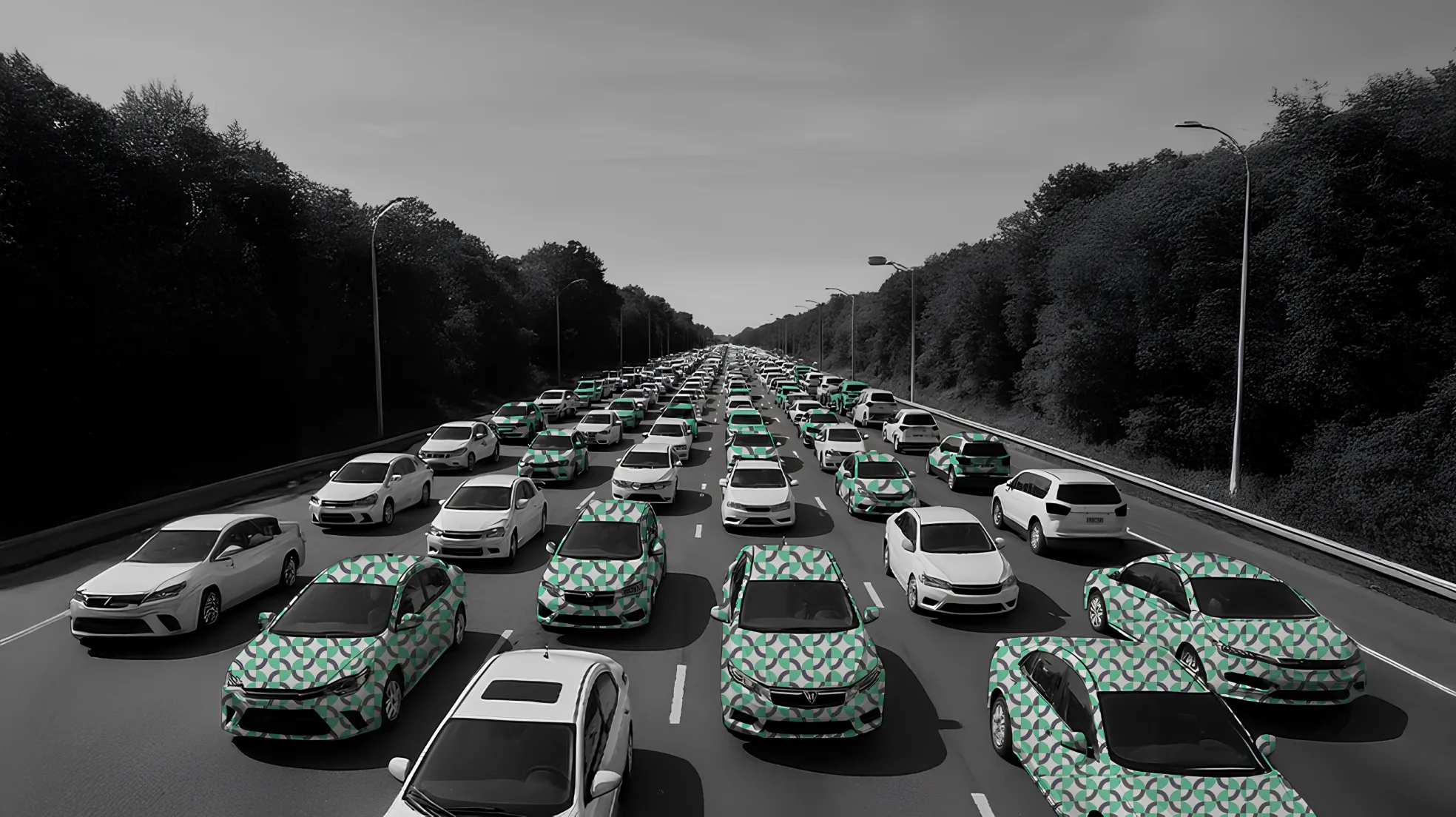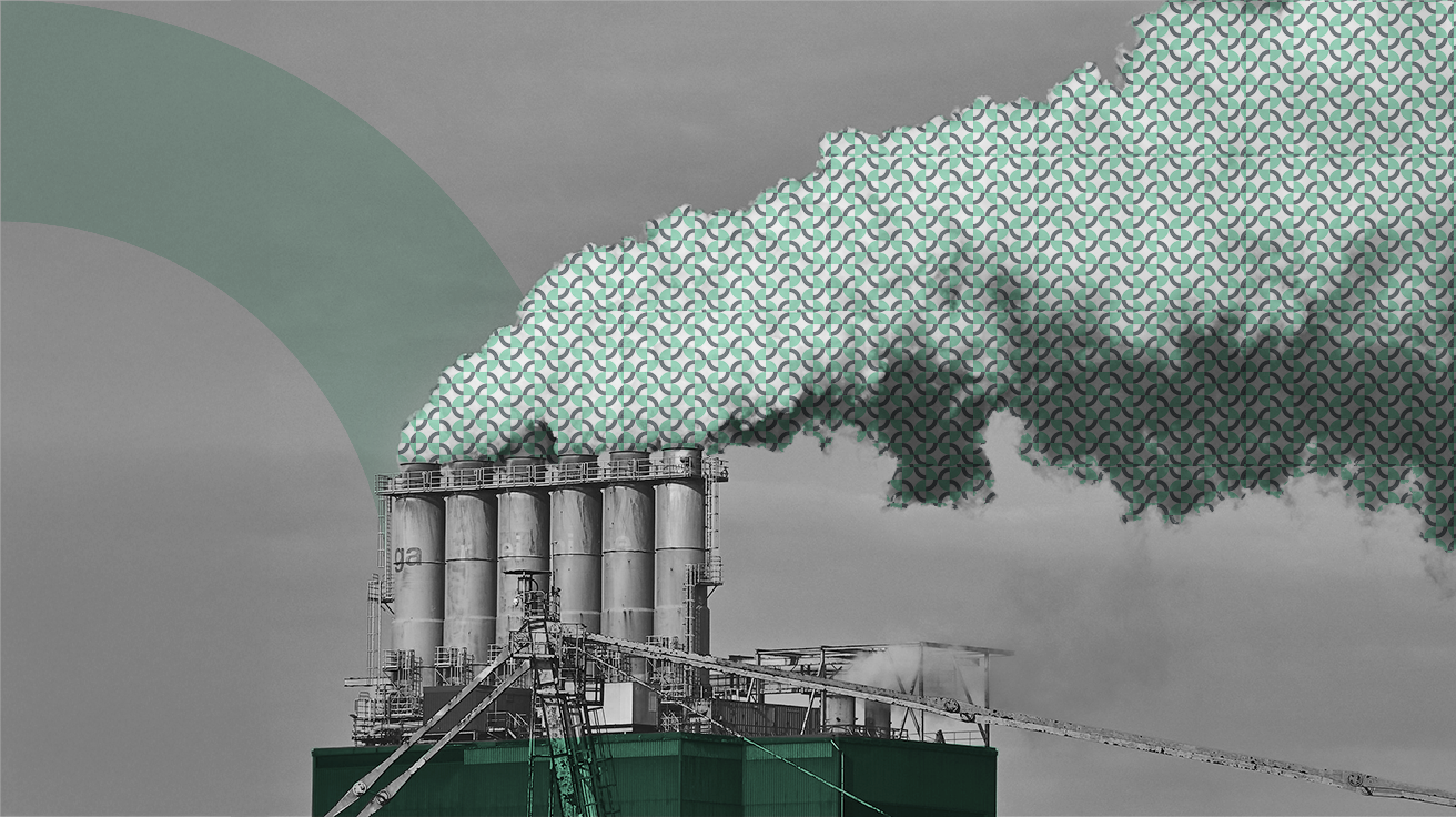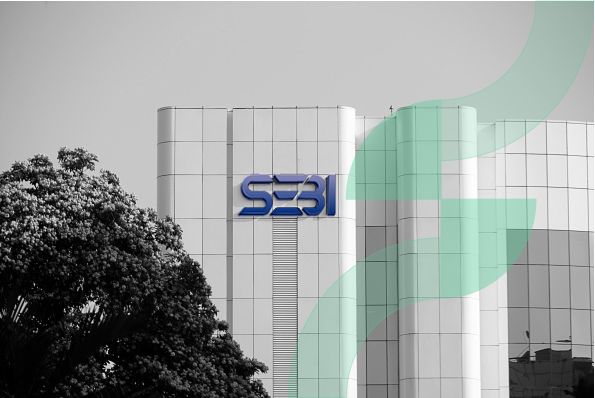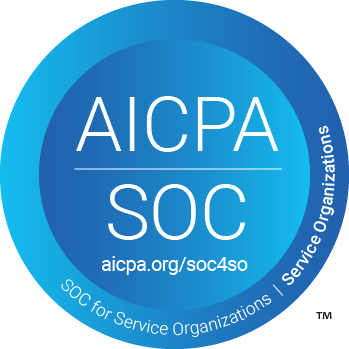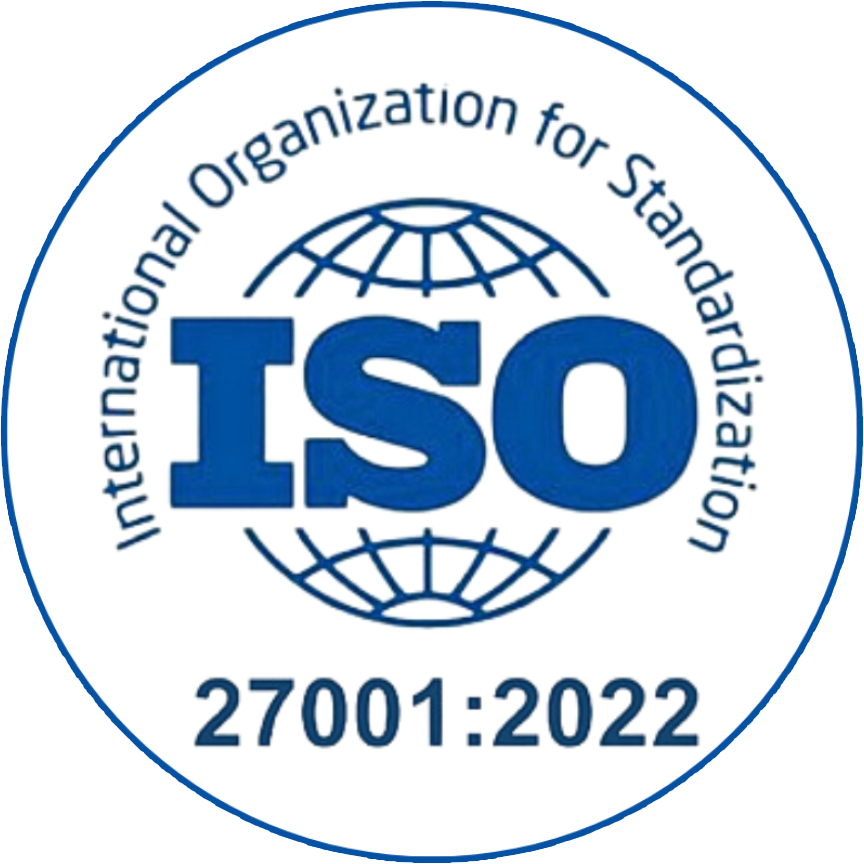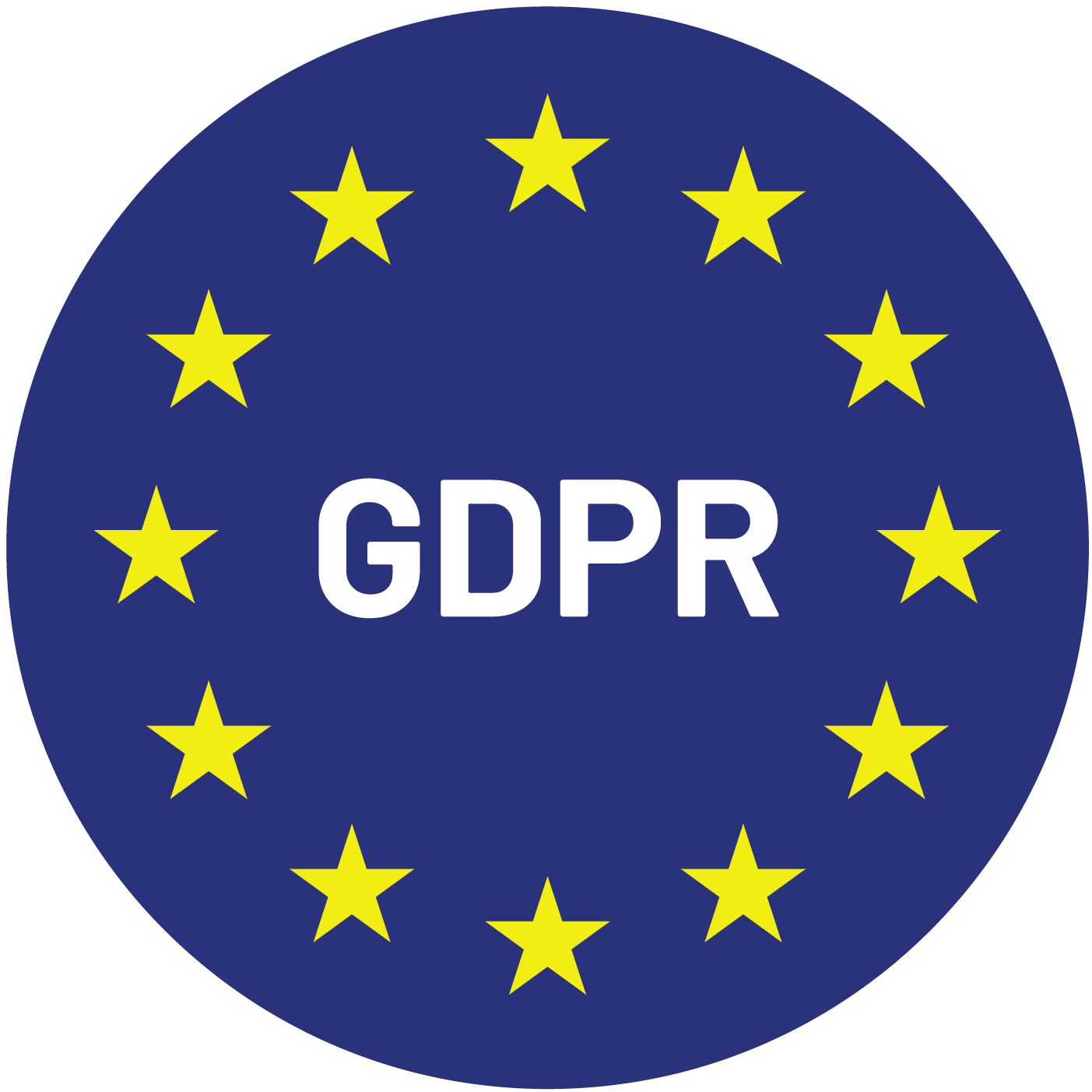With more companies occupying rented spaces or using leased equipment, it’s essential to measure, report, and reduce emissions from these assets to remain aligned with GHG Protocol standards, satisfy stakeholder expectations, and enhance sustainability reporting accuracy.
This blog provides a deep dive into Scope 3 Category 8, including definitions, calculation methods, challenges, and actionable reduction strategies, informed by the GHG Protocol’s technical guidance.
These emissions are considered “upstream” because they occur in the supply chain of the reporting organization. For lessors (owners leasing out assets), related emissions are reported under Scope 3 Category 13: Downstream Leased Assets.
Challenges in Measuring Leased Asset Emissions
Despite the importance of capturing emissions from upstream leased assets, several practical and systemic obstacles make this task complex. Understanding these challenges helps organizations proactively plan and mitigate reporting gaps.
1. Limited Access to Utility Data
Most leased properties are managed by third-party landlords or facility managers, which means the reporting organization often does not have direct access to energy consumption data. Without visibility into electricity, heating, cooling, or fuel usage, calculating emissions becomes dependent on estimates or averages, which reduce accuracy. This is especially problematic in multi-tenant buildings, where utilities are often aggregated across all occupants.
Sprih Solution: Sprih’s emissions platform enables tenants to automatically ingest and normalize shared utility data, even when it’s provided in aggregated form.
2. Inconsistent Emission Factors
Even when landlords do share utility data, the emission factors they use may differ based on location, outdated methods, or reporting standards. These discrepancies create inconsistencies in GHG accounting and can compromise the comparability of emissions data across multiple leased properties.
Best Practice: Always apply standardized and region-specific emission factors such as those from the IPCC, GHG Protocol, or national databases, even if the landlord provides pre-calculated emissions.
3. Complex Lease Agreements and Control Boundaries
Defining who is responsible for emissions under different lease structures can be ambiguous. In some cases, the tenant has operational control over HVAC systems, lighting, or machinery; in others, the landlord retains full control. This affects whether emissions fall under Scope 1 or Scope 3, and how they should be accounted for under GHG Protocol guidelines.
Clarification: Scope 3 Category 8 includes only those assets operated but not owned by the reporting company, and not already reported in Scope 1 or 2.
4. Fragmented Asset Portfolios
Organizations with decentralized operations, such as retail chains, logistics networks, or regional offices, often lease dozens or hundreds of facilities. Gathering accurate emissions data across these varied locations becomes resource-intensive and difficult to standardize.
Sprih Solution: Sprih enables bulk uploads, multi-location modeling, and centralized dashboards to simplify emissions tracking across complex asset portfolios.
5. Data Collection Burden Across Departments
Leased asset data often resides across multiple departments—finance, real estate, procurement, operations—making coordinated data collection difficult. Internal stakeholders may not understand the importance of emissions tracking or lack clarity on their role in data provision.
Recommendation: Establish a cross-functional sustainability task force and empower teams with clear roles, data templates, and reporting tools such as Sprih’s centralized platform.
Strategies to Reduce Upstream Leased Asset Emissions
Reducing emissions from upstream leased assets requires collaboration between lessees, landlords, and sustainability teams. These strategies not only lower emissions but also improve energy efficiency, tenant-landlord relations, and long-term cost savings.
1. Negotiate Green Leases
A green lease includes contractual provisions that promote sustainability goals between the tenant and the landlord. These may include:
- Requirements for sharing energy usage data
- Commitments to renewable energy procurement
- Installation of smart meters or building energy management systems (BEMS)
- Clauses mandating energy efficiency upgrades during renovations or lease renewals
Tip: Align lease terms with sustainability KPIs and make data-sharing agreements a non-negotiable.
2. Consolidate High-Emission Leases
By identifying which leased assets are responsible for a disproportionate share of emissions, companies can:
- Exit or renegotiate leases for inefficient spaces
- Consolidate operations into lower-emission or LEED-certified buildings
- Move to shared workspaces with better environmental credentials
Sprih’s role: Our platform highlights emissions by facility, helping identify underperforming or high-impact leases.
3. Push for Renewable Energy Sourcing
Companies can work with landlords to:
- Procure electricity from renewable sources (e.g., green tariffs or PPAs)
- Install rooftop solar panels where feasible
- Switch to district heating or cooling systems with lower carbon intensity
Best Practice: Use your buying power as a tenant to demand cleaner energy, especially in long-term leases.
4. Collaborate on Energy Efficiency Projects
Invest in joint upgrades such as:
- High-efficiency lighting (LED)
- Better insulation and glazing
- Motion sensors and energy-efficient appliances
These projects can be co-funded or result in shared cost savings, creating a win-win for both tenant and landlord.
Sprih Insight: Use Sprih’s scenario tools to model the emission reduction impact of various retrofit investments.
5. Educate Internal Teams and Align with Procurement
Equip procurement, leasing, and operations teams with checklists and criteria for evaluating the sustainability of leased assets. Include environmental performance in:
- RFPs for leased space or equipment
- Decision-making for new facilities
- Supplier scorecards for lessors or facility managers
Recommendation: Make sustainability a standard criterion in all leasing decisions, not just a “nice-to-have.”
How Sprih Helps You Track and Reduce Leased Asset Emissions
Sprih’s Scope 3 emissions management platform enables:
- Automated calculation of emissions by asset type, lease term, and region
- Flexible data input methods, including utility uploads, lease records, and API integration
- Scenario modeling for assessing impact of lease changes or consolidation
- Audit-ready reporting for CDP, GHG Protocol, and SBTi submissions
Don’t Overlook Scope 3 Category 8
Upstream leased assets may be out of sight, but they shouldn’t be out of mind. Ignoring Category 8 emissions can result in significant underreporting, especially for organizations with a distributed or global real estate footprint.
By using best-practice calculation methods and leveraging smart sustainability tools like Sprih, companies can:
- Accurately report emissions from leased assets
- Strengthen their sustainability performance
- Reduce real-world climate impact
Visit www.sprih.com to explore our platform or book a consultation today.

